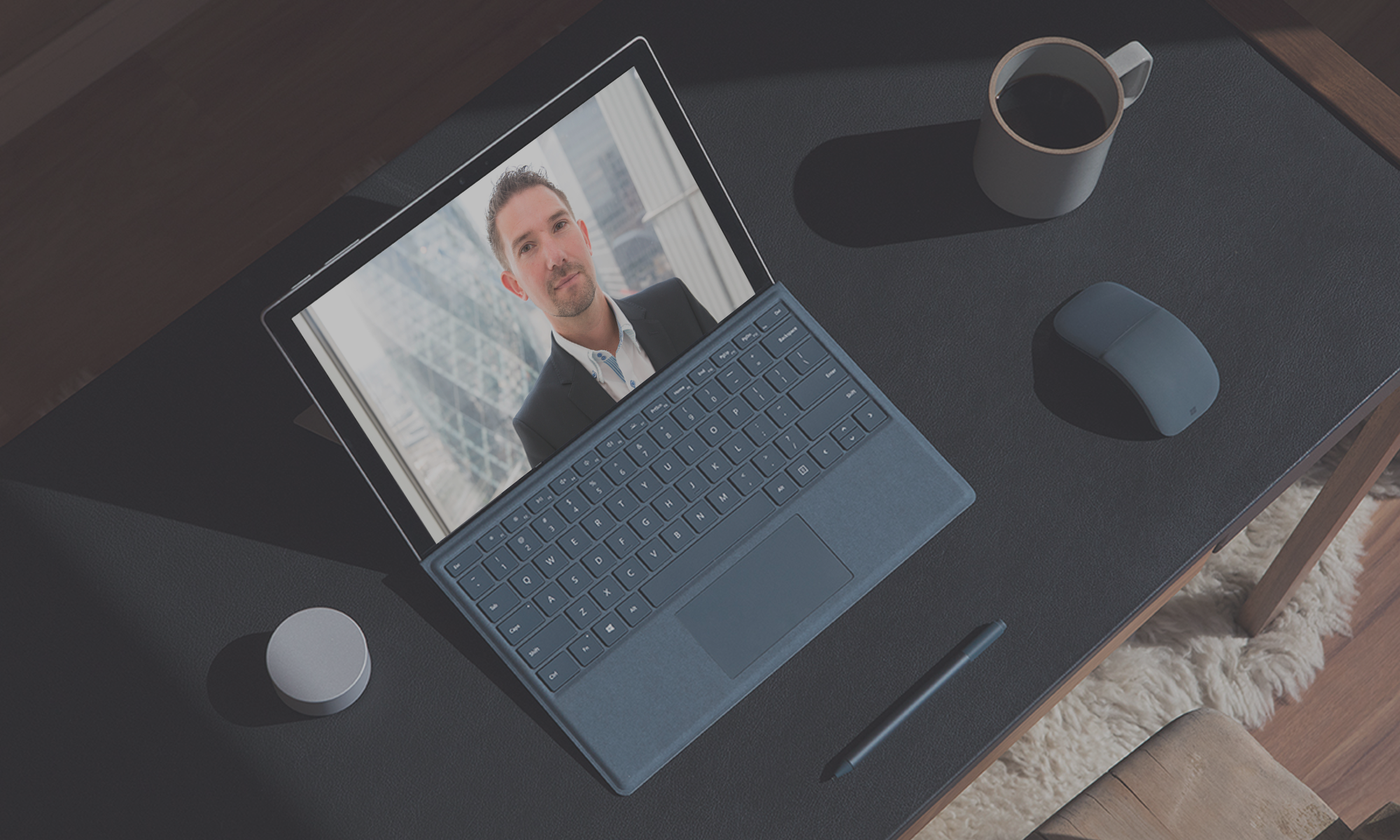Microsoft is making a major change to how AI models are integrated into Copilot experiences. From 7 January 2026, Anthropic’s models will be enabled by default for Microsoft 365 Copilot licensed users, moving away from the current opt-in setting to a standard feature under Microsoft’s own contractual terms rather than Anthropic’s.
What’s Changing?
- Default Enablement: Anthropic models, which were previously optional, will now be switched on by default for most commercial cloud customers. UK and EU/EFTA customers will find this OFF by default, requiring manual opt-in for others it will be ON.
- Microsoft Sub processor Status: Anthropic is now a Microsoft sub processor, meaning its operations fall under Microsoft’s Data Protection Addendum and Product Terms (previously Anthropic use was under Anthropic own Commercial Terms).
- Admin Controls: A new toggle should now be active in the Microsoft 365 Admin Centre.
Why It Matters
This update extends Microsoft’s enterprise-grade data protection standards to Anthropic-powered Copilot features and makes more of a secure broker around AI models with less of a dependance on just Open AI. Working with companies like Anthropic in this “AI sub-processor” approach ensures:
- Contractual Safeguards: Anthropic operates under Microsoft’s direction and compliance frameworks.
- Choice and Flexibility as well as ensuring access to specific models to perform the best tasks drive quality and refinement to Copilot.
- Enterprise Data Protection: Your data remains covered by Microsoft’s commitments, including the DPA and Product Terms.
Why Microsoft Is Adding Anthropic Support
Microsoft’s goal is to give organisations more choice and flexibility in Copilot experiences. Anthropic’s Claude models are known for strong reasoning and safety alignment, which complements Microsoft’s own AI capabilities. By onboarding Anthropic as a subprocessor, Microsoft can:
- Offer advanced generative AI features in Word, Excel, PowerPoint, and Copilot Studio.
- Maintain consistent compliance and security standards across all integrated models.
- Enable customers to select external models for specialised use cases without sacrificing enterprise-grade protections.
Regional and Cloud Exceptions
- UK & EU/EFTA: Toggle remains OFF by default; admins need to opt in.
- Government & Sovereign Clouds: Anthropic models are not yet available.
Controlling access to other AI Provides like Anthropic
To do this, head to the Admin Centre, Go to Copilot, Settings and choose Data Access Tab

Decide if to enable (or disable)

Looking Ahead
This change signals Microsoft’s commitment to expanding AI capabilities responsibly by leveraging the best model for the job or task. Enabling Anthropic (and other models) unlocks richer functionality – especially in Word, Excel, PowerPoint, and Copilot Studio – while maintaining strong data protection standards and still giving organisations choice.





